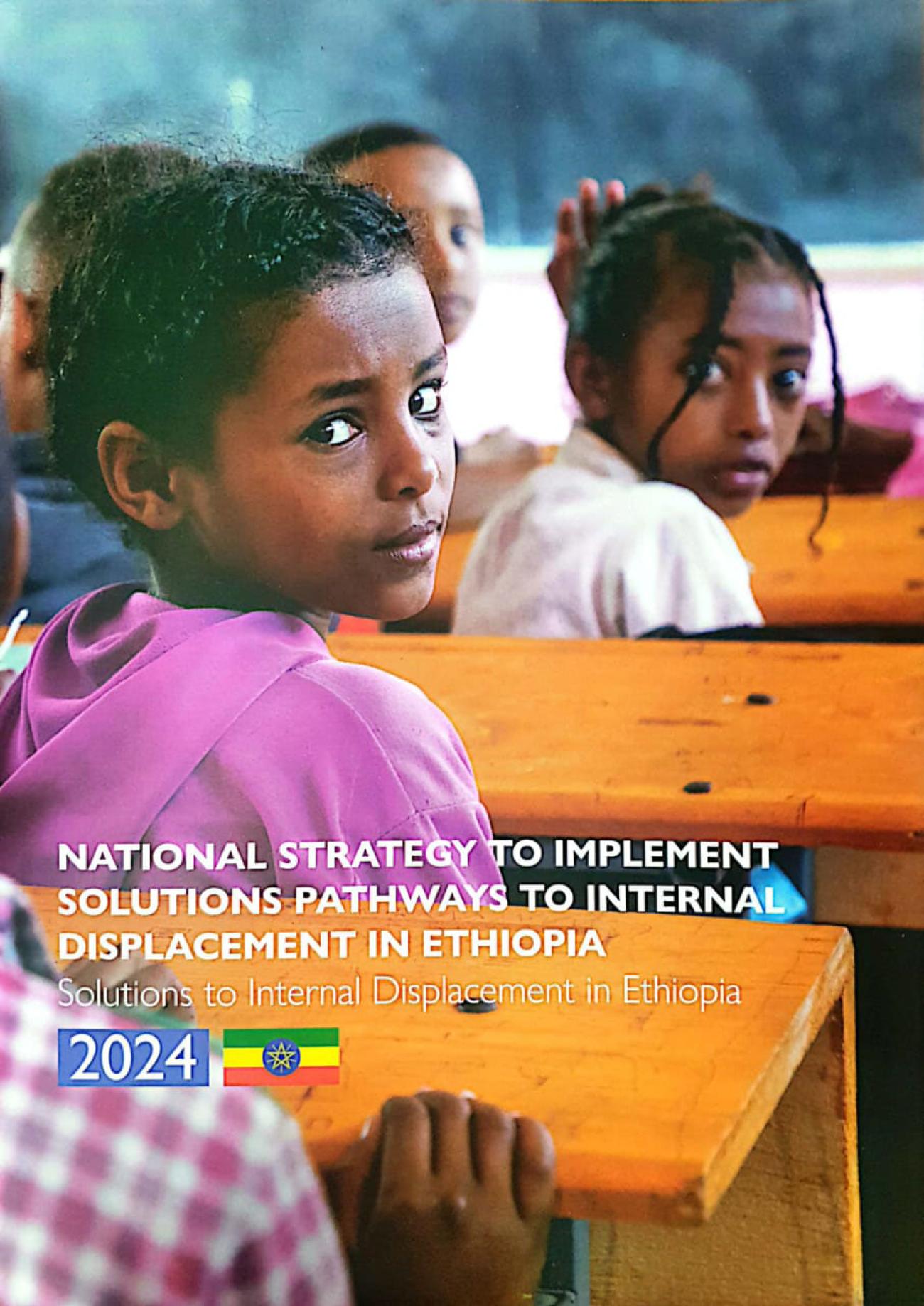Ethiopia launches national strategy to implement solutions pathways to internal displacement

Strategy seeks solutions to internal displacement in Ethiopia
Ethiopia launched national strategy to implement solutions pathways to internal displacement at an event held in Addis Ababa and attended by senior Ethiopian government officials and representatives of the UN, doors, civil society organizations, the private sector and internally displaced persons.
The strategy aims to fostering stability, resilience, and inclusive development for IDPs and host communities across the country, offering a pathway towards sustainable solutions that benefit all affected populations.
This Strategy draws on the United Nations Secretary-General's Action Agenda on Internal Displacement, aligning it with Ethiopia's national development and peace-building goals.
As a pilot country of the Secretary General's Action Agenda on Internal Displacement, this Strategy was developed by the Ethiopia government in collaboration with the United Nations, national and international non-governmental organizations, and consultations with affected communities.
Line Bureaus assisted in identifying gaps and needs for intervention (target population, thematic areas and locations) within the framework of durable solutions planning for internally displaced persons (IDPs).
This was followed by needs assessments and community engagement to inform planning in identified gaps. Guidance and advice were provided by the DSWG technical co-chairs the Solutions Working Group, namely, IOM, UNDP and UNHCR, to define strategic priorities and specific activities needed to achieve durable solutions in line with core international principles (IASC Framework on Internal Displacement) and aligned with existing programs and national and regional plans.
Ethiopia is addressing complex humanitarian and development challenges stemming from climate-related hazards, including drought, flooding, disease outbreaks, and locust invasions, alongside the impacts of conflict and insecurity. These factors have led to widespread displacement and heightened vulnerability, creating significant demands on essential services, social support, and resilience systems. Addressing the needs of Internally Displaced Persons (IDPs) is central to advancing sustainable peace, stability, and development. While conflict and inter-communal tensions continue to affect communities, Ethiopia is strategically shifting from immediate relief efforts toward durable solutions that foster sustainable recovery, reintegration, and resilience for affected populations.
In response, Ethiopia is actively pursuing comprehensive, sustainable, and principled approaches that not only address the urgent needs of displaced communities but also support long-term recovery. Supported by humanitarian partners, efforts have focused on delivering emergency aid to displaced populations. However, effectively meeting the needs of IDPs and recent returnees requires a collaborative, long-term approach involving government, humanitarian, development, and peacebuilding partners, as well as civil society and the private sector, to ensure durable solutions. Ethiopia has made considerable progress, as evidenced by strong government commitment, leadership, policy development, and the establishment of a legal framework designed to support IDPs with assistance, protection, and pathways toward lasting solutions.
The strategy has three priorities:
- Resolving conflict and preventing new displacement: This includes conflict prevention and mitigation to reduce displacement risks, building resilience to reduce risks of disaster and climate-induced displacement
- Effective and sustainable durable solutions response: This encompasses supporting IDPs voluntary return, local integration and relocation.
- Improved data, coordination and accountability

















